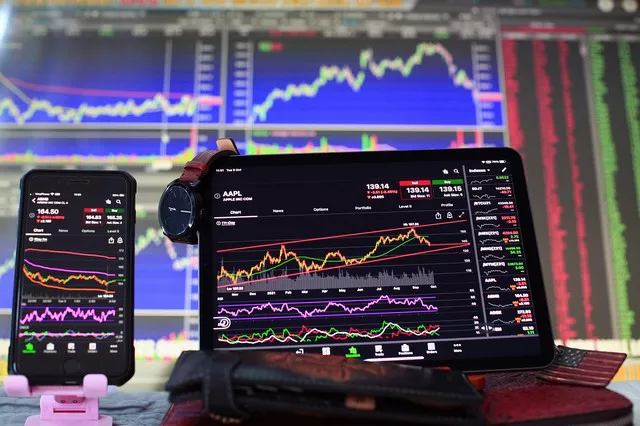Futures contracts play a significant role in financial markets, allowing participants to hedge against price volatility or speculate on future price movements. Understanding the pricing of futures contracts is essential for traders and investors. In this comprehensive guide, we will demystify the pricing of futures contracts, exploring key concepts and factors that influence their pricing.
Basics of Futures Contracts
Definition and Structure:
Definition of Futures Contracts: Explaining the nature and purpose of futures contracts.
Components of a Futures Contract: Understanding the key elements, including the underlying asset, contract size, expiration date, and delivery terms.
Mechanics of Futures Trading:
Clearinghouses and Exchanges: Explaining the role of clearinghouses and exchanges in facilitating futures trading.
Margin Requirements: Discussing the concept of margin and its importance in futures trading.
Marking-to-Market: Exploring the process of daily settlement and the impact on pricing.
Factors Affecting Futures Contracts Pricing
Underlying Asset:
Supply and Demand Dynamics: Analyzing the influence of supply and demand factors on the pricing of futures contracts.
Storage Costs: Discussing how storage costs impact pricing in commodities futures contracts.
Seasonality and Weather Conditions: Exploring how seasonal patterns and weather conditions affect pricing in agricultural and energy futures contracts.
Interest Rates and Cost of Carry:
Cost of Carry: Understanding the concept of cost of carry and its role in pricing futures contracts.
Interest Rates: Analyzing the impact of interest rates on pricing, especially for financial futures contracts.
Market Expectations and Speculation:
Forward Curve and Market Expectations: Explaining how market expectations of future prices are reflected in the shape of the forward curve.
Speculation and Price Discovery: Discussing the role of speculators in influencing futures contract pricing through their trading activities.
Pricing Methodologies for Futures Contracts
The Cost-of-Carry Model:
Explanation of the Cost-of-Carry Model: Describing the theoretical framework used to determine futures contract prices.
Components of the Cost-of-Carry Model: Discussing the factors included in the cost-of-carry formula, such as spot price, interest rates, storage costs, and dividends.
Forward Pricing and Arbitrage:
Forward Pricing: Exploring the concept of forward pricing and its relationship to futures contract pricing.
Arbitrage Opportunities: Discussing how market participants exploit pricing discrepancies through arbitrage to ensure fair pricing in futures contracts.
Market-Based Pricing:
Market Forces and Bid-Ask Spreads: Analyzing the impact of market forces and bid-ask spreads on futures contract pricing.
Liquidity and Market Depth: Discussing how liquidity and market depth affect the efficiency of futures contract pricing.
Real-World Examples and Case Studies
Pricing in Commodity Futures Contracts:
Crude Oil Futures: Examining the factors influencing the pricing of crude oil futures contracts.
Agricultural Futures: Analyzing the pricing dynamics of agricultural futures contracts, considering factors such as crop reports and global supply and demand.
Pricing in Financial Futures Contracts:
Equity Index Futures: Discussing the factors affecting the pricing of equity index futures contracts, including market sentiment and dividend expectations.
Interest Rate Futures: Exploring the impact of interest rate expectations and monetary policy on the pricing of interest rate futures contracts.
Conclusion
Understanding the pricing of futures contracts is crucial for traders and investors to make informed decisions. By grasping the basics of futures contracts, considering the factors that influence pricing, and exploring pricing methodologies, market participants can navigate the complex world of futures trading with greater confidence. Whether hedging against risk or speculating on price movements, a comprehensive understanding of futures contracts pricing empowers individuals to optimize their trading strategies and achieve their financial goals.


